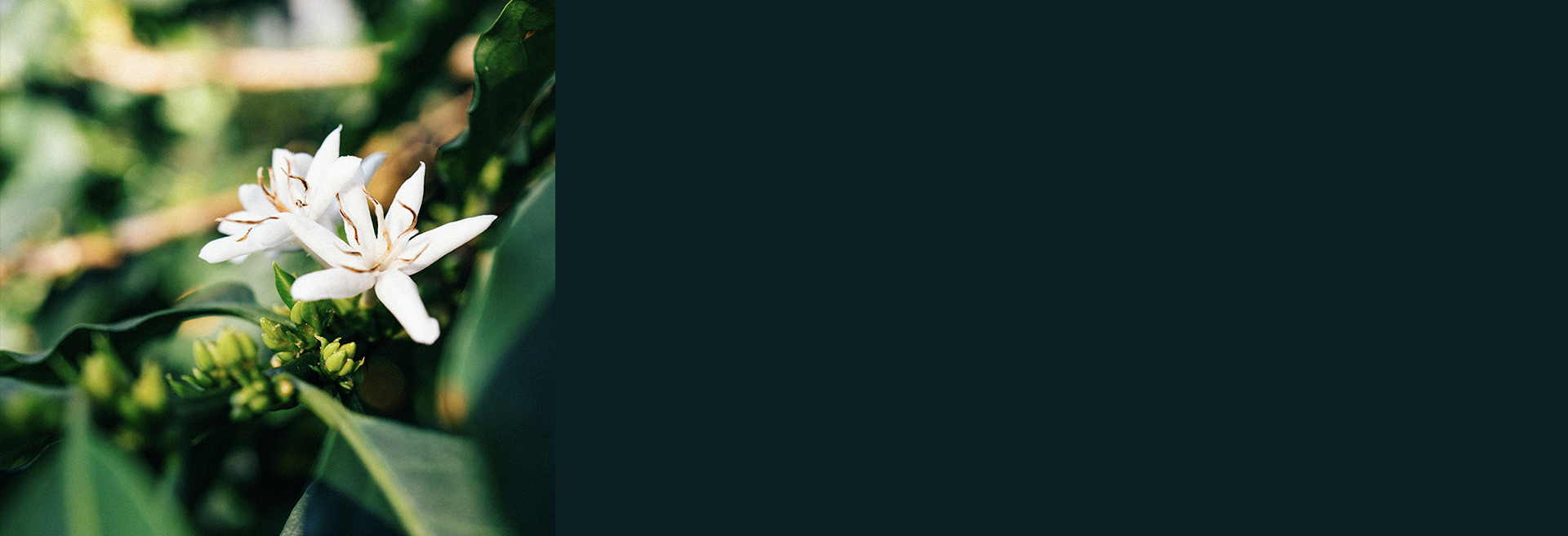Winter break · Next roast Jan. 7
Colombia
Elias Noscue Ramos - Colombia
250g
QUALITY SCORE: 88.00
Cup Notes
Lime Zest / Green Apple / Hazelnut / Brown Sugar
Suggested for espresso and filter
when we roast
We freshly roast to order all coffees on Monday, Wednesday and Friday (excluding national holidays), and ship the same day! Cut-off time is 11:59pm (UTC+1) of the day before the roast day. *We only ship whole beans*
Details
- Producer
- Elias Noscue Ramos
- Country
- Colombia
- Terroir
- Cauca
- Altitude
- 1600 masl
- Process
- Classic Washed
- Arabica cultivar
- Castillo & Colombia
- Picked in
- July 2019
- Arrived in
- January 2020
- Shipped in
- Jute + GrainPro
- Roast profile by
- Rubens Gardelli
- Roasted on
- Customised solid-drum roaster
THE STORY BEHIND
Elias Noscué's farm is situated in Tacueyò, a town in the Torribio municipality, in the north-eastern corner of the Cauca department. Until recently, the life of the region was determined by the presence of FARC, ELN and other paramilitary and guerilla groups, who sought to control this central corridor in Colombia. The region has not been known for specialty coffee production, but as the tensions ease and the access to it has improved, the outstanding quality of the coffee grown here can now be showcased.
The farm called El Cantarito is 2 ha, of which 1.3 ha is planted with coffee trees. Elias has been farming coffee all his life and now needs the help of his sons Arnuldo and Gerardo in running the farm, as he is too old to be able to do the demanding work involved. The varieties grown here are 90% Castillo and 10% Colombia, and in total there are about 5000 trees. Amongst the coffee, fruit trees are planted for shade, but also for food. Ripe cherries are collected, de-pulped and then dry-fermented for 16 hours. After the dry fermentation, the coffee is washed and cleaned, with the immature beans separated. The coffee is then dried in a solar tent dryer for 8 to 14 days.
THE VARIETY
CASTILLO
Castillo is named after the researcher Jamie Castillo, who helped Cenicafe, Colombia’s coffee research centre, develop the varietal in 2005.
Castillo was designed as an improvement on the Colombia variety. It is resistant to leaf rust (roya) and has quickly become the most planted coffee in Colombia. It is high-yield, resistant to leaf rust and other prevalent diseases and its smaller size allows for greater planting density.
COLOMBIA
Using Catimor’s HdT x Caturra recipe as a blueprint, Cenicafé first created the Colombia variety as an F5 composite, and released it in 1982.
THE FERMENTATION PROCESS
Washed coffees showcase solely the bean. They let you taste you what’s on the inside, not the outside. Washed coffees depend almost 100% on the bean having absorbed enough natural sugars and nutrients during its growing cycle. This means the varietal, soil, weather, ripeness, fermentation, washing, and drying are absolutely key.
Washed coffees reflect both the science of growing the perfect coffee bean and the fact that farmers are an integral part of crafting the taste of a coffee bean. When looking at washed coffees, it becomes apparent that the country of origin and environmental conditions play a vital role in adding to the flavour.
During wet processing, the pulp (i.e.the exocarp and a part of the mesocarp) is removed mechanically. The remaining mesocarp, called mucilage, sticks to the parchment and is also removed before drying. During this process, the sugars present in the mucilage are removed through natural fermentation or mechanical scrubbing. Mucilage is insoluble in water and clings to parchment too strongly to be removed by simple washing. Mucilage can be removed by fermentation followed by washing or by strong friction in machines called mucilage removers. Fermentation can be done by stacking the coffee outside or placing it under water and allowing nature to take its course. After the sugars are removed, the beans then can be taken through a secondary washing to remove any additional debris, or taken immediately to the beds for drying.



